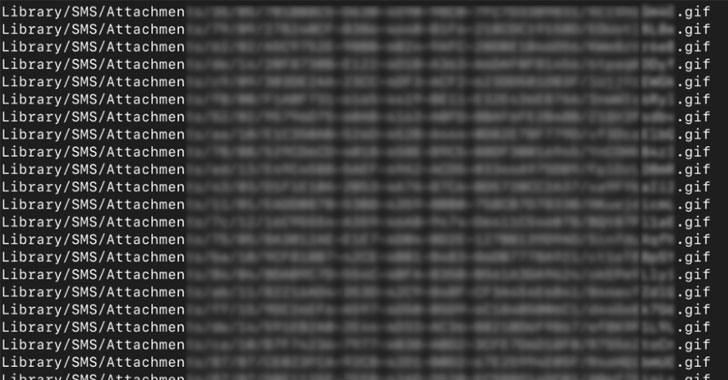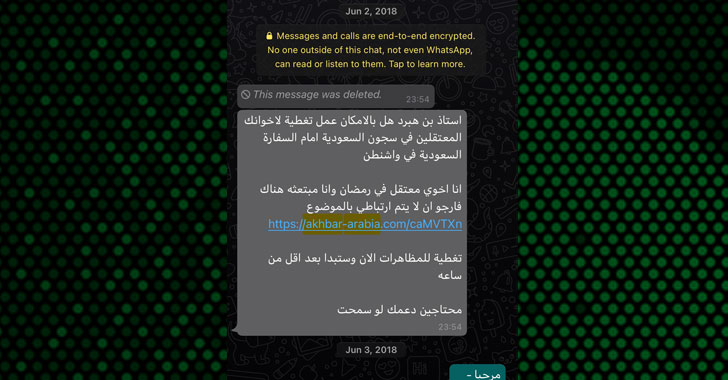The iPhone of New York Times journalist Ben Hubbard was
repeatedly hacked with NSO Group’s Pegasus spyware tool over a
three-year period stretching between June 2018 to June 2021,
resulting in infections twice in July 2020 and June 2021.
The University of Toronto’s Citizen Lab, which publicized[1]
the findings on Sunday, said the “targeting took place while he was
reporting on Saudi Arabia, and writing a book about Saudi Crown
Prince Mohammed bin Salman.” The research institute did not
attribute the infiltrations to a specific government.
In a statement[2]
shared with Hubbard, the Israeli company denied its involvement in
the hacks and dismissed the findings as “speculation,” while noting
that the journalist was not “a target of Pegasus by any of NSO’s
customers.”
To date, NSO Group is believed to have leveraged at least three
different iOS exploits — namely an iMessage zero-click exploit in
December 2019, a KISMET[3]
exploit targeting iOS 13.5.1 and iOS 13.7 starting July 2020, and a
FORCEDENTRY[4]
exploit aimed at iOS 14.x until 14.7.1 since February 2021.
It’s worth pointing out that Apple’s iOS 14 update includes a
BlastDoor Framework[5]
that’s designed to make zero-click exploitation more difficult,
although FORCEDENTRY expressly undermines that very security
feature built into the operating system, prompting Apple to
issue an update[6]
to remediate the shortcoming in September 2021.
 |
| FORCEDENTRY exploit on the phone of the Saudi activist |
Forensic investigation into the campaign has revealed that
Hubbard’s iPhone was successfully hacked with the surveillance
software twice on July 12, 2020 and June 13, 2021, once each via
the KISMET and FORCEDENTRY zero-click iMessage exploits, after
making two earlier unsuccessful attempts via SMS and WhatsApp in
2018.
The disclosure is the latest in a long list of documented cases
of activists, journalists, and heads of state being targeted or
hacked using the company’s “military-grade spyware.” Earlier
revelations in July laid bare an extensive abuse[7]
of the tool by several authoritarian governments to facilitate
human rights violations around the world.
The findings are also particularly significant in light of a new
interim rule passed by the U.S. government that requires[8]
that companies dabbling in intrusion software acquire a license
from the Commerce Department before exporting such “cybersecurity
items” to countries of “national security or weapons of mass
destruction concern.”
“As long as we store our lives on devices that have
vulnerabilities, and surveillance companies can earn millions of
dollars selling ways to exploit them, our defenses are limited,
especially if a government decides it wants our data,” Hubbard
wrote[9]
in the New York Times.
“Now, I limit the information I keep on my phone. I reboot my
phone often, which can kick out (but not keep off) some spy
programs. And, when possible, I resort to one of the few
non-hackable options we still have: I leave my phone behind and
meet people face to face,” Hubbard added.
References
- ^
publicized
(citizenlab.ca) - ^
statement
(www.nytimes.com) - ^
KISMET
(thehackernews.com) - ^
FORCEDENTRY
(thehackernews.com) - ^
BlastDoor Framework
(thehackernews.com) - ^
issue an
update (thehackernews.com) - ^
extensive abuse
(thehackernews.com) - ^
requires
(thehackernews.com) - ^
wrote
(www.nytimes.com)
